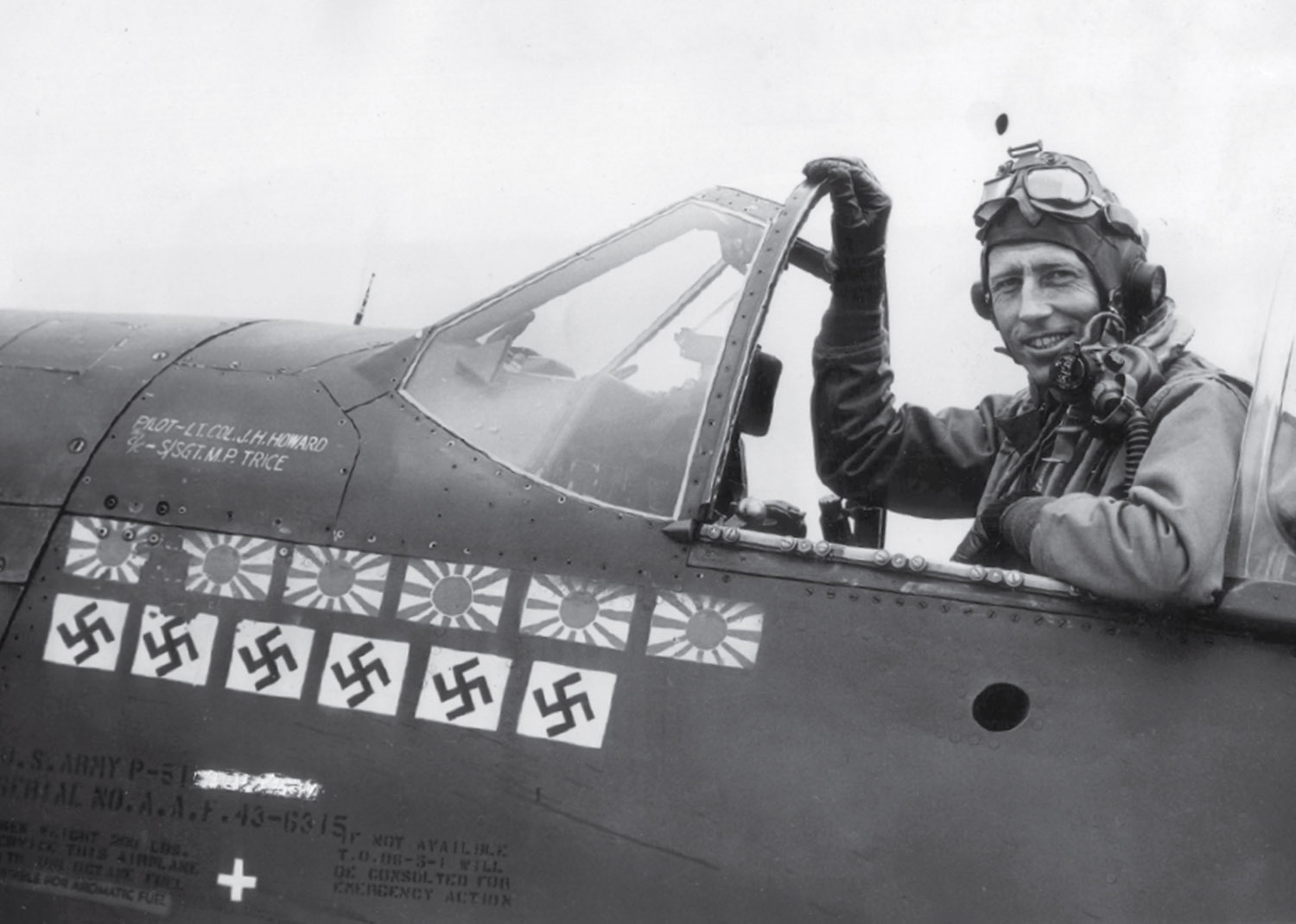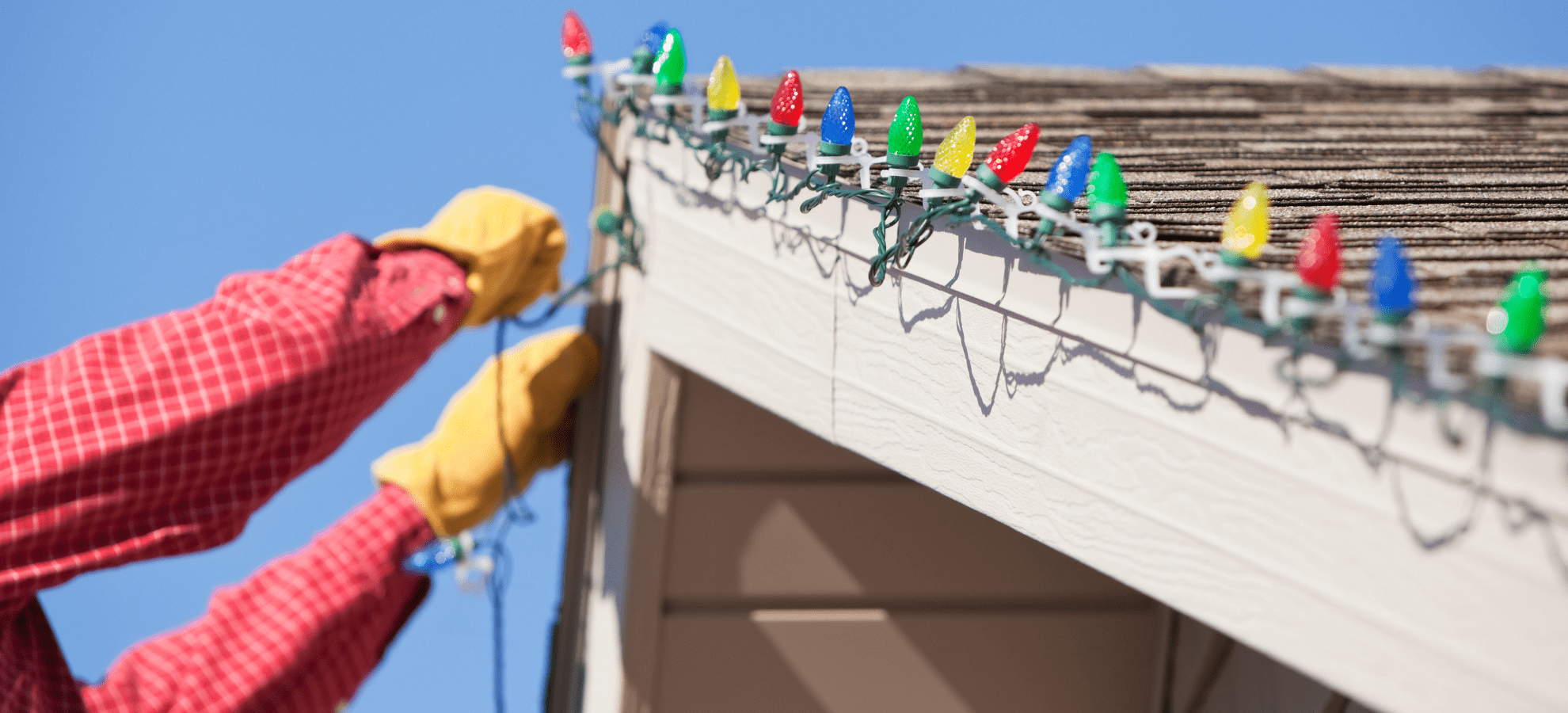A Soldier Whose WWII Derring-do Was Famous
by Melissa LaScaleia
Brigadier General James Howell Howard was born in Canton (modern day Guangzhou), China on April 8, 1913. His American parents were living abroad while his father, an ophthalmologist, was teaching eye surgery. The family returned to the states and settled in St. Louis, Missouri in 1927.
James attended the John Burroughs School for high school, and graduated from Pomona College in Claremont, California in 1937. He had plans to pursue a career in medicine, but upon graduation, decided that life as a Naval aviator would be more exciting. He joined the United States Navy as a cadet in 1938. In 1939, he was assigned to the USS Enterprise as a Navy pilot, and stationed at Pearl Harbor, Hawaii.
In 1941, he left the Navy and became a P-40 fighter pilot with the famous American Volunteer Group, the Flying Tigers, in Burma. He flew 56 missions and was credited with shooting down six Japanese airplanes during World War II. Following that group’s disbandment, Howard returned to the U.S., and was commissioned a captain in the Army Air Forces. The following year, he was promoted, and as a major, given the command of the 356th Fighter Squadron, in the 354th Fighter group, the same group stationed at the Myrtle Beach Air Force Base. Howard left for the United Kingdom, where the squadron was deployed.
On January 11, 1944, Howard made the choice that would earn him a promotion to lieutenant colonel, and the United States military’s highest decoration— the Medal of Honor. He is the only fighter pilot in the European Theater of Operations in World War II to receive this distinction.
On that day, Howard, alone, flew his P-51 aircraft into some thirty Luftwaffe fighters that were attacking a formation of American B-17 Flying Fortress bombers over Oschersleben, Germany. For more than a half-hour, Howard defended the bombers of the 401st Bomb Group against the swarm of Luftwaffe fighters, attacking the enemy airplanes and shooting down six. He continued the attack even when his plane ran out of ammunition.
The following week, Howard described his actions to a gaggle of eager reporters, including the BBC, the Associated Press, CBS reporter Walter Cronkite, and Andy Rooney, then a reporter for the Stars and Stripes.
His story was a media sensation, as everyone wanted to hear the tale of the lone American who single-handedly unleashed such fire upon the enemy. The story prompted articles such as “Mustang Whip” in The Saturday Evening Post, “Fighting at 425 Miles Per Hour” in Popular Science, and “One Man Air Force” in True, The Man’s Magazine.
The New York Times reported in on January 19, 1944. “An attack by a single fighter on four or five times his own number wasn’t uncommon,” wrote a fellow World War II fighter pilot in his postwar memoirs of Howard’s performance, “but a deliberate attack by a single fighter against thirty plus enemy fighters without tactical advantage of height or surprise is rare almost to the point of extinction.”
Howard’s bravery didn’t end there. That same month, he helped direct fighter plane cover for the Allie’s Normandy landings on D-Day.
In 1945, Howard was promoted to colonel, and became base commander of Pinellas Army Airfield in Florida. In 1948, he was promoted to brigadier general in the U.S. Air Force Reserve, and commanded the 96th Bombardment Group.
Howard Avenue in the Market Common, is named in his honor.

















